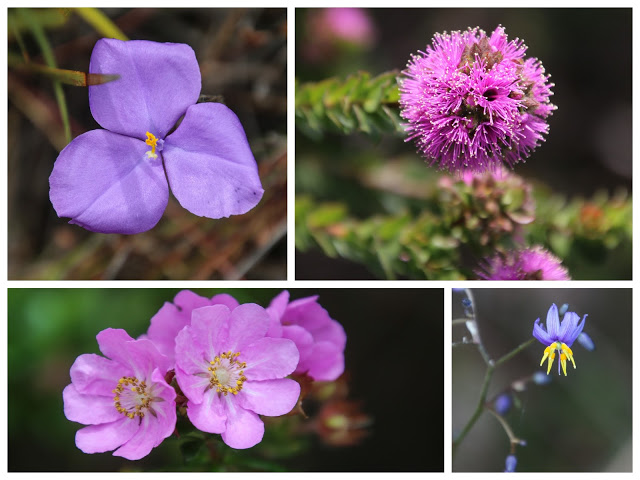COVID-19 Highlights the Value of Backyards to Australians
By Ross Wissing
The word culture originally meant ‘to cultivate’, as in to cultivate the soil. In Western society, gardens have also long been identified as being important in cultivating human health. Hippocrates, the ‘Father of Medicine’ and author of `On Airs, Waters and Places’, is the first Westerner known to recognise the effects of the physical environment on human health and to introduce and use gardens as an important part of prescribed therapy of all patients in ancient Greek hospitals. Others such as Theophrastus, the ‘Father of Botany’ tried to distinguish the most fundamental dispositions in relation to health through classifying types of personality and Cicero the Roman statesman whose writings provide the best accounts of the suburban garden philosopher Epicurus’ work, is well known for his quote ‘If you have a garden and a library, you have everything you need’.
What is less known is the positive role that people involved in gardening has had on the health of the Australian environment. Aboriginal gardens have likely existed for 120,000 years with regular burning and digging by women and small mammals creating soils that were soft enough to push their fingers into. Likewise, Chinese miners returning from the goldfields in the 1860s established market gardens in many cities and towns with their works in Geelong being described as redeeming the neglected swamps of the Barwon River to produce garden crops within a few months.
Home gardens continue to be a key part of Australian culture, not just in growing plants in soil, but in artistic endeavours and societal ideas, customs and behaviour. Today, nearly 90% of Australians have a private domestic garden, and for many, particularly those over 50 years of age, gardening is their main form of exercise. Evidence suggests that producing all vegetable and fruit requirements in the Australian diet for an average Australian family can be met with about 6 hours of gardening per week. Not only does this go a long way to reducing the biggest part of the Australian ecofootprint, it also helps meet physical health guidelines. This can assist in reducing overweight/obesity rates, which impacts two thirds of all adult Australians, and the incidence of heart disease by a third. Further, increasing the number of Australians who are self-sufficient in fruit and vegetables is likely to encourage the 95% of Australians who currently do not meet the Australian dietary requirements for fruit and vegetable consumption to do so.
Recent academic research in the UK and Japan is starting to emerge and quantify the health benefits that engaging with the outdoors provide that we have long intuitively known. Yet the vast majority of this research is focused on psychological benefits in public open spaces. While extremely important, public parks only account for about 10% of the area of our cities. In contrast, residential homes comprise 70% of our urban landscapes, about half of which is the domestic garden.
COVID-19, and the range of lockdowns particularly in Melbourne and Victoria have re-emphasised the importance of outdoor places to our health. Recognising this once in a century opportunity, a collaboration between Macquarie University and The Connective, released a national survey in June to better understand how Australians used their outdoor environments during this time. This survey was based on research questions first asked of Geelong residents in 2017 and 2018 as part of a PhD undertaken by Ross Wissing that investigated the sustainability of residential backyards.
Preliminary results from the survey at the end of August show that nearly 90% of Australians engage with their home gardens at least weekly. Psychological activities, in particular connecting with nature, relaxing and being alone are generally more important and more frequently undertaken by respondents in their home gardens than activities that improve physical and relational health. However, mental health accounts for 20% of Australia’s disease burden. The other 80% is related to physical health, including obesity/overweight, high blood pressure, diabetes, and sore backs.
Activity |
Primary Health Benefit |
Frequency (at least weekly) (%) |
Important or very important (%) |
|
Growing veggies |
Physical |
60 |
68 |
|
Growing fruit |
Physical |
36 |
58 |
|
Propagating plants |
Physical |
10 |
51 |
|
Weeding |
Physical |
35 |
51 |
|
Hand water garden |
Physical |
48 |
69 |
|
Play sports and games |
Physical |
29 |
29 |
|
Family gatherings |
Relational |
28 |
73 |
|
Friend gatherings |
Relational |
23 |
69 |
|
Neighbour gatherings |
Relational |
12 |
33 |
|
Interact with pets |
Relational |
29 |
62 |
|
Eat outdoors |
Relational |
48 |
62 |
|
Relax |
Psychological |
75 |
79 |
|
Be alone |
Psychological |
80 |
71 |
|
Connect with nature |
Psychological |
87 |
90 |
|
Read |
Psychological |
40 |
49 |
|
Meditate |
Psychological |
18 |
27 |
For the first time, this survey has used the internationally recognised SF-12 health assessment to understand holistic health impacts and benefits associated with interacting with our backyards, streets and parks. Another first is the use of personality traits to see whether involvement in various activities is influenced by factors such as openness, conscientiousness, extraversion, agreeability and neuroticism. Analysis of such factors has yet to occur, but will in 2021. So too will differences between states and the influence of different stages of lockdown.
The collaboration between Macquarie University and The Connective has also undertaken preliminary investigations into the barriers of issuing green prescriptions by medical practioners in Australia and have installed, and are currently trialling, wellness trails in public open spaces aimed at increasing connection with nature.
The national survey is still open, so if you would like to participate HERE (closes end of February).

